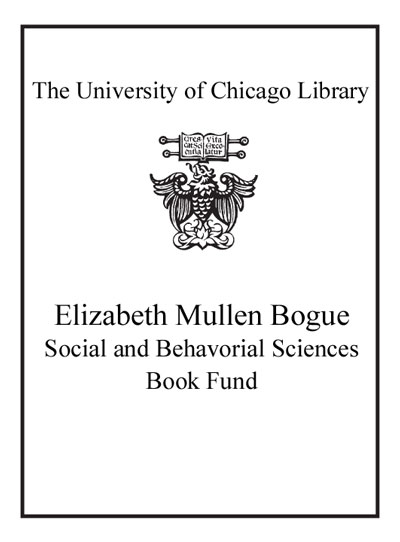Urban growth and spatial transition in Nepal : an initial assessment /
Saved in:
| Author / Creator: | Muzzini, Elisa, 1975- |
|---|---|
| Imprint: | Washington, D.C. : World Bank, c2013. |
| Description: | xv, 143 p. : ill., maps ; 26 cm. |
| Language: | English |
| Series: | Directions in development : countries and regions Directions in development (Washington, D.C.). Countries and regions. |
| Subject: | |
| Format: | Print Book |
| URL for this record: | http://pi.lib.uchicago.edu/1001/cat/bib/9116012 |
Table of Contents:
- Foreword
- Acknowledgments
- Abbreviations
- Overview
- Urbanization and Growth
- The Spatial Transition
- Urban Growth, Planning, and Infrastructure
- The Comparative Advantages of Urban Areas
- Strategic Policy Directions
- Notes
- References
- Chapter 1. Urbanization and Growth
- Notes
- References
- Chapter 2. The Spatial Transition
- The Demographic Transition: Rapid and Concentrated Urban Growth
- Internal Migration: A Powerful Force for Urban Change
- Main Patterns and Emerging Trends of Nepal's Spatial Economy
- Notes
- References
- Chapter 3. Urban Growth, Planning, and Infrastructure
- Urban Growth and Planning: The Challenges of Managing a Fast-Growing Metropolitan Region
- Infrastructure Access and Quality in Urban Areas
- Public Capital Expenditure for Municipal Infrastructure
- Notes
- References
- Chapter 4. The Comparative Advantages of Urban Areas
- An Initial Assessment of Growth Drivers of Urban Areas
- Cultural Tourism: An Important Contributor to Job Creation
- The Handicraft Industry: Dwindling Exports, but Strong Ties with Tourism
- Agroprocessing: A Small but Strategic Industry Benefiting from Proximity to Urban Areas
- Notes
- References
- Chapter 5. Conclusions and Strategic Policy Directions
- Pillar 1. Foster the Growth and Sustainability of the Urban Regions
- Pillar 2. Promote the Development and Regeneration of the Kathmandu Valley Metropolitan Region
- Pillar 3. Enhance the Competitiveness of Strategic Urban Clusters
- Note
- References
- Appendix: Population of Nepal's Urban Centers, 1991-2011
- Boxes
- 2.1. Nepal's Politico-Administrative Definition of Urban Areas
- 2.2. Internal Mobility and Migration Flows
- 2.3. Migrants' Socioeconomic Profile
- 2.4. Key Features of Nepal's 2010 Industrial Policy and Its Implementation
- 2.5. The Decline of Nepal's Ready-Made Garment Industry
- 3.1. Urban Vulnerabilities of the Kathmandu Valley
- 3.2. Traditional Stone Spouts and Community Mobilization Increase Well-Being for Low-Income Households
- 3.3. The Bagmati River: An Ecological Crisis Undermining Sustainable Urbanization
- 4.1. Institutional Responsibilities for Cultural Heritage Conservation
- 4.2. Building on Local Communities for Cultural Heritage Conservation: The Guthi System
- 4.3. Bhaktapur's Successful Efforts to Conserve Its Cultural Heritage
- 4.4. A Snapshot of the Main Handicraft Products in the Kathmandu Valley
- 4.5. Agroprocessing and Poverty Alleviation in Developing Countries

